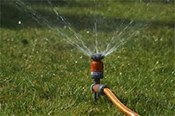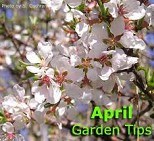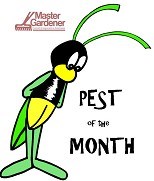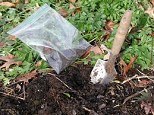Careful, you can do more harm than good. Most lawns in New York rarely need watering, except possibly for a few weeks in summer. Foregoing watering during these weeks does not mean that you can’t still maintain a healthy tufr, but it does mean careful preparation before this period of moisture stress.
If you do choose to water, it’s important that you water properly. Poor watering practices can do more harm to your lawn than good and it can carry pollutants out of your yard and into waterways.
Never water at night. The best time to water is early in the morning, between 4:00 a.m. and 8:00 a.m. Evaporation is low at this time so more of the water makes it into the soil. Also, leaves will begin drying quickly in the morning sun reducing the chances of diseases. Avoid watering on cloudy days.
It’s tough to say how much. It depends on the soil type, cutting height, lawn use, temperature, wind and a host of other actors. In general, a healthy lawn loses about one inch of water a week during summer. (The water lost from the soil through the leaves and through the surface of the soil is called evapotranspiration or ET). If you receive an inch of rainfall every week through summer, chances are pretty good that your lawn should come through with little moisture stress. If you get less, you can make up the difference with sprinklers or an irrigation system. Your water application rate should supplement what you receive as rain. If you get half an inch of rain one week, only apply another half inch.Use a rain gauge, coffee cans or other containers to measure rainfall and supplemental water.
It’s also important not to apply water faster than your soil can take it up. How fast your soil can absorb water is called its infiltration rate. When your irrigation rate (how fast you are putting it on with the sprinkler) is higher than the infiltration rate I(how fast your soil can soak it up), puddling occurs on level areas. On slopes, the water will run off and can carry sediments and other pollutants with it.
To avoid this, measure your soil’s infiltration rate by cutting off both ends of a coffee can and inserting several inches into the soil. Pour about one inch of water into the can and time how long it takes to soak in. Then measure your irrigation rate by placing a coffee can (with the bottom intact) in the area watered by your sprinkler and time how long it takes to fill the can with one inch of water. Your irrigation rate should not exceed your infiltration rate.
It is normal for cool season grasses to experience ‘summer dormancy’ in response to lack of moisture. Studies show that as little as a quarter inch of water over a three week period can be enough to keep the sod from dying.
Under all but the most severe conditions, it is better to avoid lawn watering and your lawn is more likely to recover when cool, moist conditions return. To prevent water stress:
- Plant grass species that require less water, such as fescues.
- Mow grass higher, encouraging larger root systems.
- Avoid spring nitrogen applications.
- Leave grass clippings.
Source: cornell.edu. gardening/homegardening.





